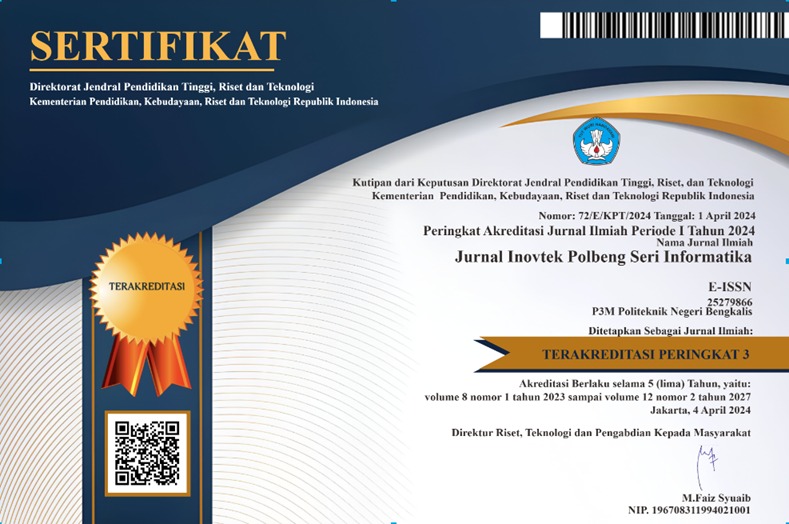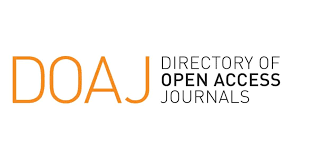Analysis of Mikrotik Network Bandwidth Management Using the Hierarchical Token Bucket Method at the Sriwijaya State Polytechnic
DOI:
https://doi.org/10.35314/a301e829Keywords:
Quality of Service, Network, Bandwidth Management, Queue TreeAbstract
This study seeks to evaluate the efficacy of the Hierarchical Token Bucket (HTB) approach in regulating Mikrotik network capacity at the Sriwijaya State Polytechnic Telecommunications Engineering Laboratory. The study encompasses the execution of HTB configuration using the WinBox program and the assessment of Quality of Service (QoS) in accordance with the TIPHON standard, utilising the Wireshark application. Testing was performed at three local network sites: the Student Laboratory, the Faculty Room, and the Inventory Room, utilising the Mikrotik RB-2011 device as the primary router. Assessments of four Quality of Service parameters—throughput, latency, packet loss, and jitter—were performed prior to and after the implementation of the Hierarchical Token Bucket technique. The QoS testing findings indicated that the use of HTB markedly enhanced the average throughput from 525 kbps to 1,321 kbps, concurrently diminishing the average delay and jitter from 16.90 ms to 3.68 ms. Despite a little escalation in packet loss from 0.07% to 0.6%, the outcomes remained under the Quality of Service categorisation criterion. This study offers novel insights due to an extended observation time and a greater volume of analysed packets relative to prior research. This research substantiates the findings that the HTB approach may efficiently regulate bandwidth and enhance network performance, especially in academic settings.
Downloads
Downloads
Published
Issue
Section
License
Copyright (c) 2025 INOVTEK Polbeng - Seri Informatika

This work is licensed under a Creative Commons Attribution-NonCommercial-ShareAlike 4.0 International License.














